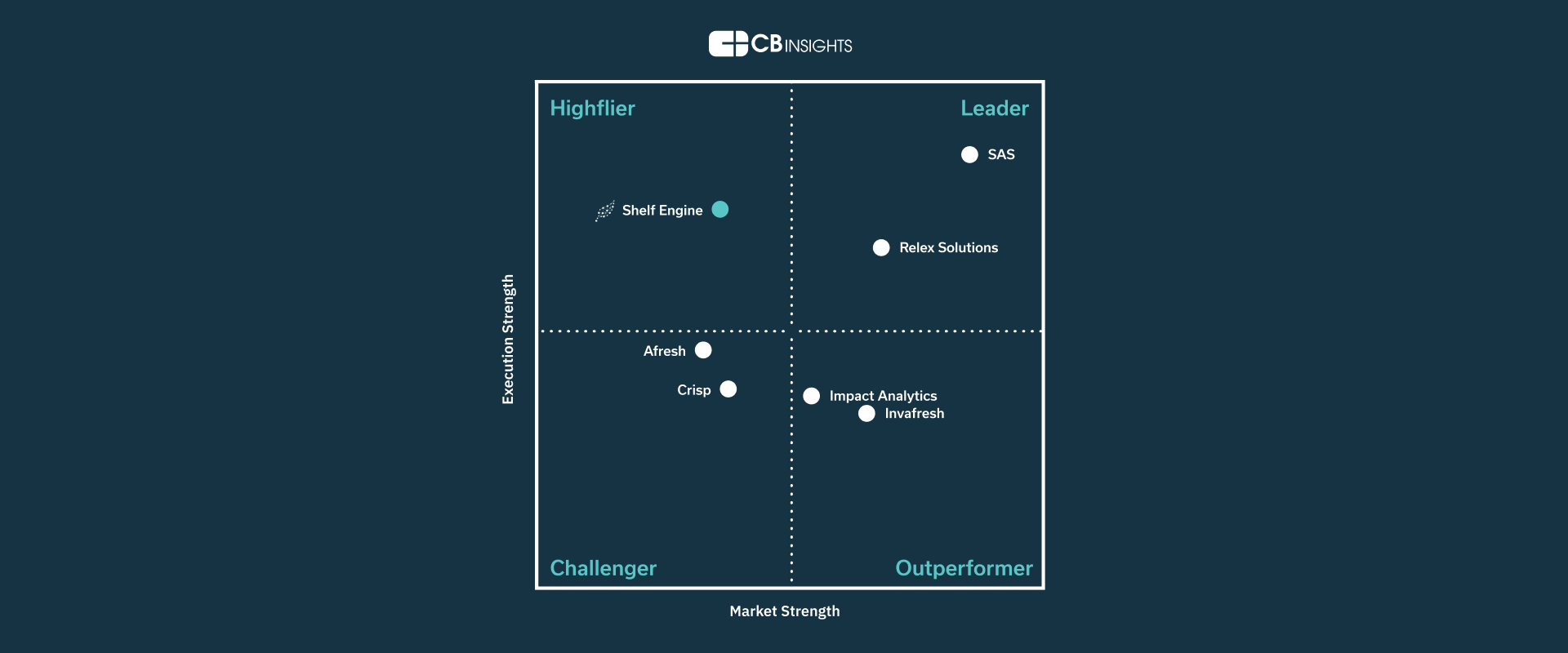This website uses cookies so that we can provide you with the best user experience possible. Cookie information is stored in your browser and performs functions such as recognising you when you return to our website and helping our team to understand which sections of the website you find most interesting and useful.
What To Know Before Building an In-House Grocery Ordering Solution

Grocery retailers face a myriad of challenges with ordering—and for good reason. Demand forecasting for retail is tough to get right. Order too much inventory and an influx of food waste erodes profits and hurts the environment. Order too little and stockouts frustrate shoppers and lead to missed sales.
Grocery buyers must also anticipate how purchasing patterns might be impacted by weather, holidays, special events, promotions—the list goes on—while navigating labor constraints and supply chain disruptions that affect what is available to order in the first place.
Why retail ordering still fails
The Computer Assisted Ordering (CAO) solutions that many retailers have turned to over the past decade have a number of limitations. Not only do they require expensive software licenses, they rely on human input. Once deployed, it only takes a few instances of overriding a forecast suggestion in favor of a familiar standing order, or following a hunch of what might sell, to undermine the efficacy of the system.
Building an ordering system in house is harder than it seems
Disappointed with the performance of off-the-shelf solutions, some grocers have tried to build their own systems in house. The key challenge they encounter in doing so is a familiar one: labor. Attracting and retaining world-class technologists with data science, actuarial, and engineering expertise to build solutions that factor for the complexities of forecasting and ordering isn’t easy—or inexpensive—in ordinary circumstances. In the middle of the national labor shortage we’re experiencing today, these challenges compound.
Acknowledging the issue of labor, other retailers will deploy outside experts on a contract basis to build a custom system. This makes the retailer reliant on these external resources for maintenance, upgrades, and support. Frustratingly, these outside vendors are disproportionately incentivized in the arrangement. The more support, training, or updates the grocer needs, the more hours the tech developer is able to bill for.
Another way to outsource a solution
Most CAOs are sold as SaaS solutions. These provide data, tools, and training, but ultimately leave execution up to the customer.
Shelf Engine offers a better way to implement industry-leading technology. Unlike traditional software services, no up-front capital investments nor
long-term licensing agreements are needed. The average timeline to launch is just 6 weeks—a fraction of the time of other replenishment solutions.
The process is quick and easy—with no training required and a minimal IT lift required from the retailer.
The #1 reason not to build an in-house ordering system
We’ve seen our retailer partners reduce their food waste (and eliminate the financial impact of it) by up to 32% while realizing an average gross margin dollar expansion of more than 15%. One national grocer experienced $237 of labor savings per week, per store for the produce category alone. This savings enabled stores to reallocate those resources to strengthen the customer experience that helps win market share and keeps shoppers coming back time and time again.
Interested to learn more about how a grocery forecasting and ordering solution works? Listen to my Shelf Engine co-founder, Stefan Kalb, answer some questions we frequently get asked.

Fresh, delivered.
from the Shelf Engine team.
By providing your email, you agree to the Shelf Engine Privacy Policy.





